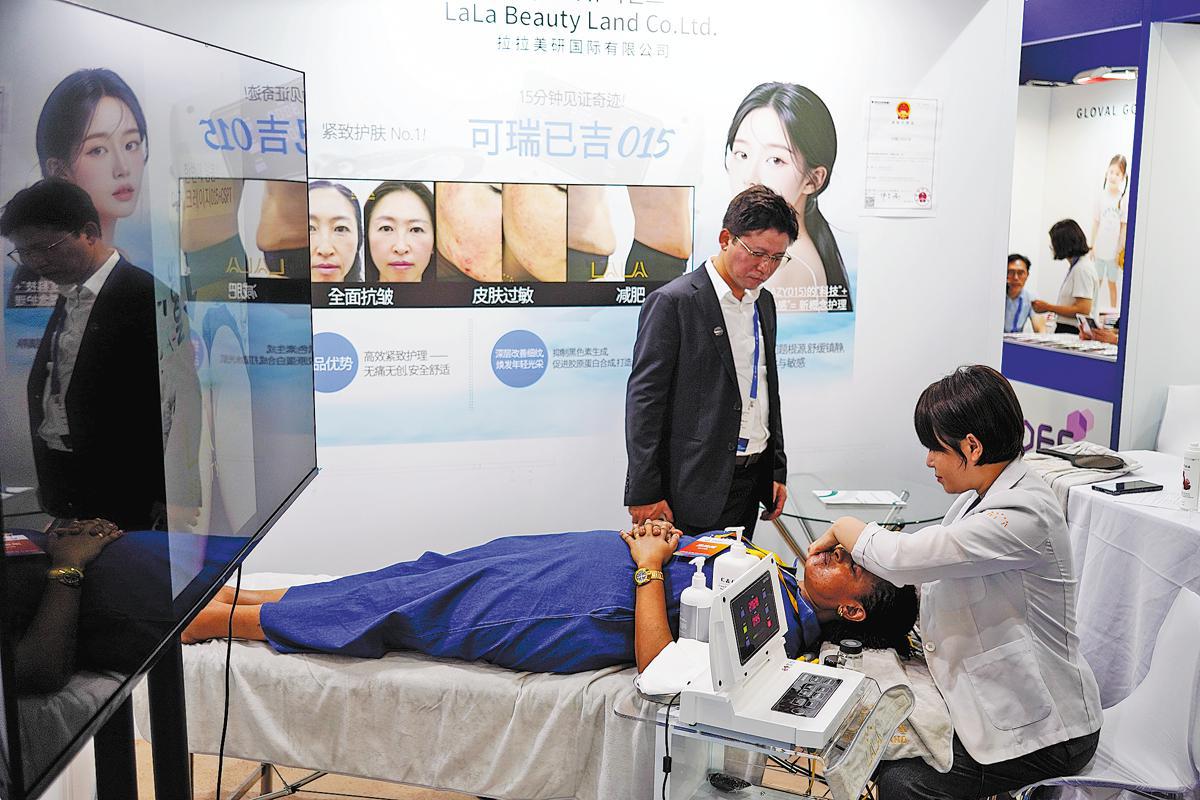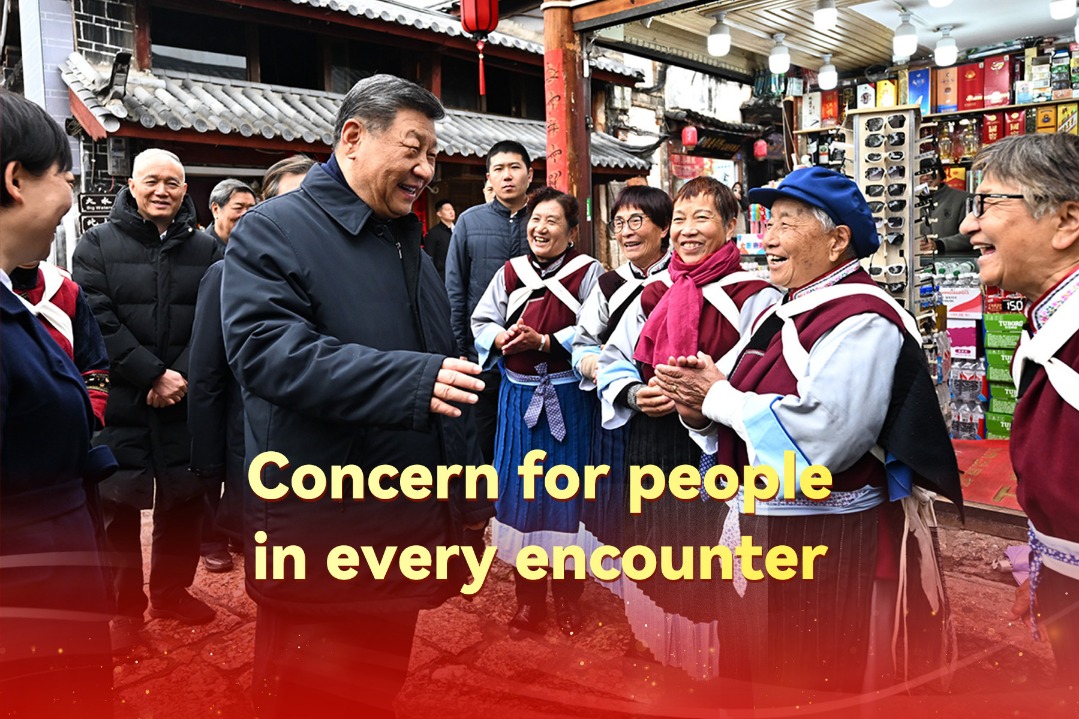Beauty industry looks beyond skin-deep changes
Younger generation turns to 'light medical aesthetics', less invasive treatments


Maturing sector
Beauty industry demand has surged beyond the core customer base of urban, middle-class women. Consumers in Tier-3 and Tier-4 cities are catching up — though their aesthetic preferences sometimes reflect earlier trends, Wang said.
Meanwhile, male clients and younger Gen Z consumers are reshaping the conversation, often pursuing aesthetic tweaks that maintain "naturalness" rather than emphasize transformation.
"Ten years ago, people wanted to spend money and make sure others noticed. Today, a growing number of clients want to look better — without anyone knowing why as they see treatments as a filter, like a soft-focus lens in real life," said Wang.
The rise of social media-driven knowledge — through lifestyle platform Xiaohongshu, or RedNote, and popular shortvideo platform Douyin — has had a double-edged impact. While some patients arrive well-informed, others fall victim to overhyped trends or misleading advice.
"As consumers become more research-driven and discerning, professionals are adapting to meet higher expectations. It's forced doctors to become better communicators and educators — not just technicians," said Wang.
Still, challenges remain. While the devices and materials available to doctors have improved dramatically, technical expertise hasn't always kept pace — especially as new practitioners flood the market in recent years.
"Aesthetic medicine looks easy from the outside, but it takes years to develop the kind of clinical judgment needed to personalize treatments effectively," said Wang.

In the future, Wang sees a clear trajectory toward customized, multi-modal treatment plans, rather than stand-alone procedures. The future of aesthetic care will likely combine injection therapy, energy devices, and even surgical options in integrated protocols tailored to each patient's goals and biology.
"The future of aesthetics isn't about brand names or trendy machines. It's about how well a doctor understands the client and brings out their natural strengths. Everyone has something unique — our job is to find it and make it shine," said Wang.
Meanwhile, AI-powered tools — from skin analysis to remote diagnostics — are already changing the consultation process. For experienced doctors, these are helpful tools; for newcomers, they represent both a learning curve and a competitive threat.
"As the industry matures, the bar is getting higher. Consumers are not just looking for results — they're looking for expertise, transparency, and trust. Clinics that deliver all three will define the next era of growth," said Wang.
Contact the writer at sunnyu923@163.com
























